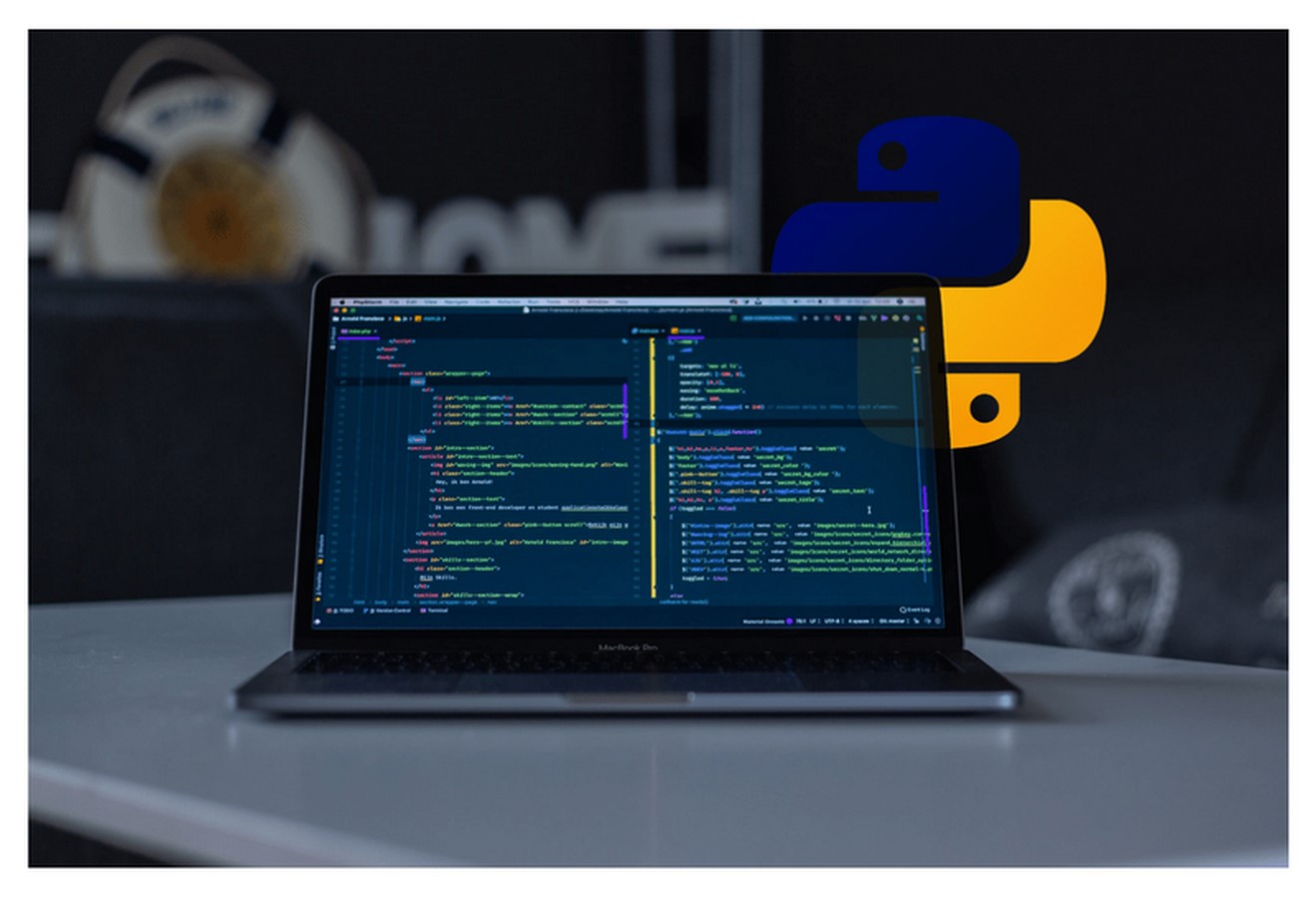Exploring Python for Product Development: Advantages and Disadvantages

Python has emerged as one of the most popular and fastest-growing programming languages worldwide. Its appeal extends beyond software engineers to encompass data analysts, scientists, mathematicians, and even beginners. With applications ranging from data analysis and artificial intelligence to web development and automation, Python has garnered widespread adoption across diverse domains.

Advantages of Python
Python’s popularity stems from several key advantages that make it a preferred choice for product development.
User-Friendly and Versatile
Python is renowned for its simplicity, readability, and versatility. Its well-structured syntax, coupled with concise yet expressive code, makes it easy to learn and use. Developers can quickly grasp and modify existing code, resulting in faster development cycles. This attribute is particularly beneficial for startups aiming to accelerate time-to-market and achieve a competitive edge.
Powerful Capabilities
Python’s extensive standard libraries and rich feature set empower developers to build a wide array of applications, from websites to AI-driven solutions and scientific computing tools. Its robust ecosystem facilitates rapid development by providing solutions to diverse programming needs.
Emphasis on Security
In an era of escalating cybersecurity threats, Python offers robust features for enhancing data security. With built-in functionalities for authentication, authorization, and encryption, Python enables developers to safeguard sensitive information effectively. Additionally, frameworks like Django offer mechanisms to mitigate common security vulnerabilities such as CSRF and XSS.
Thriving Community and Developer Pool
Python boasts a vibrant community of developers who collaborate, share insights, and contribute to the language’s evolution. This expansive community fosters innovation, accelerates development, and ensures comprehensive support through documentation and troubleshooting. Moreover, the abundance of Python developers worldwide facilitates easy recruitment for projects of varying scales.
Aptitude for AI and ML Tasks
Python’s dominance in the realms of machine learning and artificial intelligence is unparalleled. Its robust libraries and frameworks, including TensorFlow and PyTorch, empower developers to tackle complex tasks such as content personalization, image recognition, and predictive analytics with ease. This proficiency in AI and ML applications underscores Python’s versatility and adaptability.
Disadvantages of Python
While Python offers numerous benefits, it may not always be the optimal choice for every project due to certain limitations.
Performance Trade-offs
Python’s interpreted nature and dynamic typing result in comparatively slower execution speeds when compared to compiled languages like C. Although Python prioritizes development speed over runtime performance, it may not be suitable for applications requiring real-time processing or computationally intensive tasks.
Challenges in Mobile App Development
Despite its suitability for web and desktop applications, Python faces challenges in mobile app development. While frameworks like Kivy attempt to bridge this gap, Python-based mobile apps often encounter deployment and performance issues, making it less conducive to mobile development.
Incompatibility with Graphics-Intensive Applications
Python’s high-level abstractions and memory-intensive nature render it unsuitable for graphics-heavy applications such as game development and 3D rendering. Languages like C++ and C# offer superior performance and scalability in these domains, making them preferable choices for demanding graphical tasks.
Memory Usage Concerns
Python’s memory-intensive footprint may pose challenges in environments with tight memory constraints or performance-sensitive applications. Its inherent design choices prioritize developer convenience over memory efficiency, limiting its suitability for memory-constrained scenarios.
FAQ: Common Queries about Python for Product Development
Here are answers to some frequently asked questions to enhance understanding of Python’s role in product development:
Top Companies Using Python
Prominent companies leveraging Python include Google, Netflix, Spotify, Uber, and Instagram, among others, owing to its versatility and scalability.
Applications of Python
Python finds application in data analysis, web development, machine learning, automation, system administration, testing, educational purposes, and network programming, among other domains.
Stability of Python
Python’s stability is evidenced by its deployment in high-traffic platforms like Pinterest, Disqus, and Instagram, where it ensures efficient performance under demanding conditions.
Future Outlook of Python
Python’s upward trajectory suggests a promising future, fueled by its thriving ecosystem, widespread adoption, and continuous evolution.
Popular Python Frameworks
Leading Python frameworks encompass Flask and Django for web development, while data science libraries like NumPy and Pandas cater to analytical tasks.
Finding and Hiring Python Companies
Platforms like Clutch and GoodFirms offer avenues to identify and engage Python development companies, enabling clients to assess expertise and compatibility through test tasks and interviews.
Conclusion
Python’s ascendancy as a premier programming language is underscored by its myriad advantages and pragmatic solutions for diverse development needs. While it may not excel in every scenario, Python’s versatility, community support, and rich ecosystem position it as a compelling choice for modern product development endeavors.










